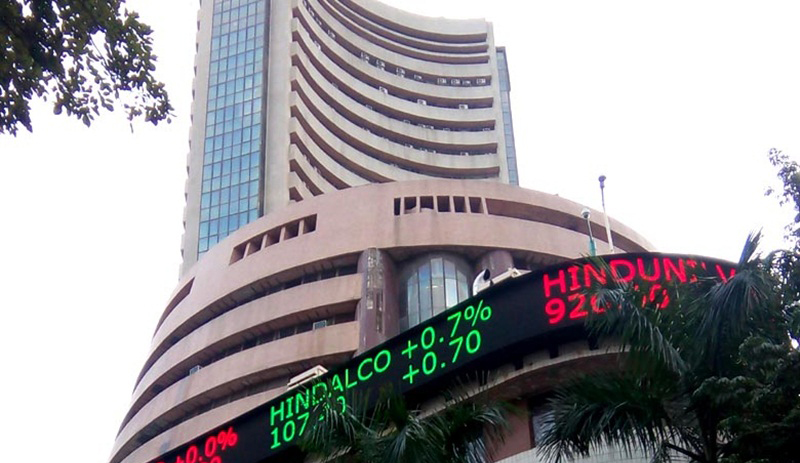In the week ended 5-8-2022, the Indian stock market performed better than expected, amidst serious headwinds of increasing inflation rates, the unemployment rate in the USA and rising geopolitical tension.
One of the main factors which determined the positive growth of Sensex and Nifty 50 was the comeback of foreign portfolio investors and foreign institutional investors as net buyers.
In the past weeks, FIIs and FPIs had sold large amounts of their stock from the Indian capital market and moved to other western capital markets. This was in response to increasing apprehension in the global economy about whether the United States of America would enter into a recession. The probability of huge rate hikes by the US Federal Reserve was also a reason why foreign investors ended up becoming net sellers.
That scenario changed this week when the United States Federal Reserve increased its benchmark interest rate by 75 basis points.
On the Monday following an interest rate hike by US Fed, both Sensex and Nifty 50 grew by nearly 1% each, sending a message to international capital markets that Indian stock exchanges were still resilient.
On Tuesday, when Asian and European capital markets tumbled due to highly volatile geopolitical crisis between China and Taiwan, Indian stock markets posted a slight increase in value and ended almost flat. The increased amount of domestic investment and strong buying by FIIs helped the Indian market sway off negative sentiments in Asian and European markets.
Taiwan visit of Nancy Pelosi, Speaker of US Congress, and the following military activities by the people’s republic of china in the Taiwan strait severely affected semiconductor stocks around the world. Chip companies, both in and out of Taiwan, saw their stock values tumbling down.
Performance of IT stocks kept Indian bourses from following suit of global capital markets as the Sensex and Nifty 50 gained 0.36% and 0.25% respectively.
High volatility in the global markets coupled with the poor performance of trading of banking stocks pulled back Sensex and Nifty 50 on Thursday by 0.09% and 0.04%. Even though IT and Healthcare stocks traded in green on Thursday, increasing tension in the Taiwan strait and floaty performance by Asian markets slowed down Indian exchanges.
On Friday, the last day of trading this week, both Sensex and Nifty 50 posted growth of 0.1% each. The decision of the reserve bank of India to increase the repo rate by 50 basis points (higher than expected increase) led to increased trading activity.
Forecast of better performance of national economy in 3rd and 4th quarter along with commendable earnings reported by certain Indian companies in the second quarter helped stock markets in India to stay in green this week.











